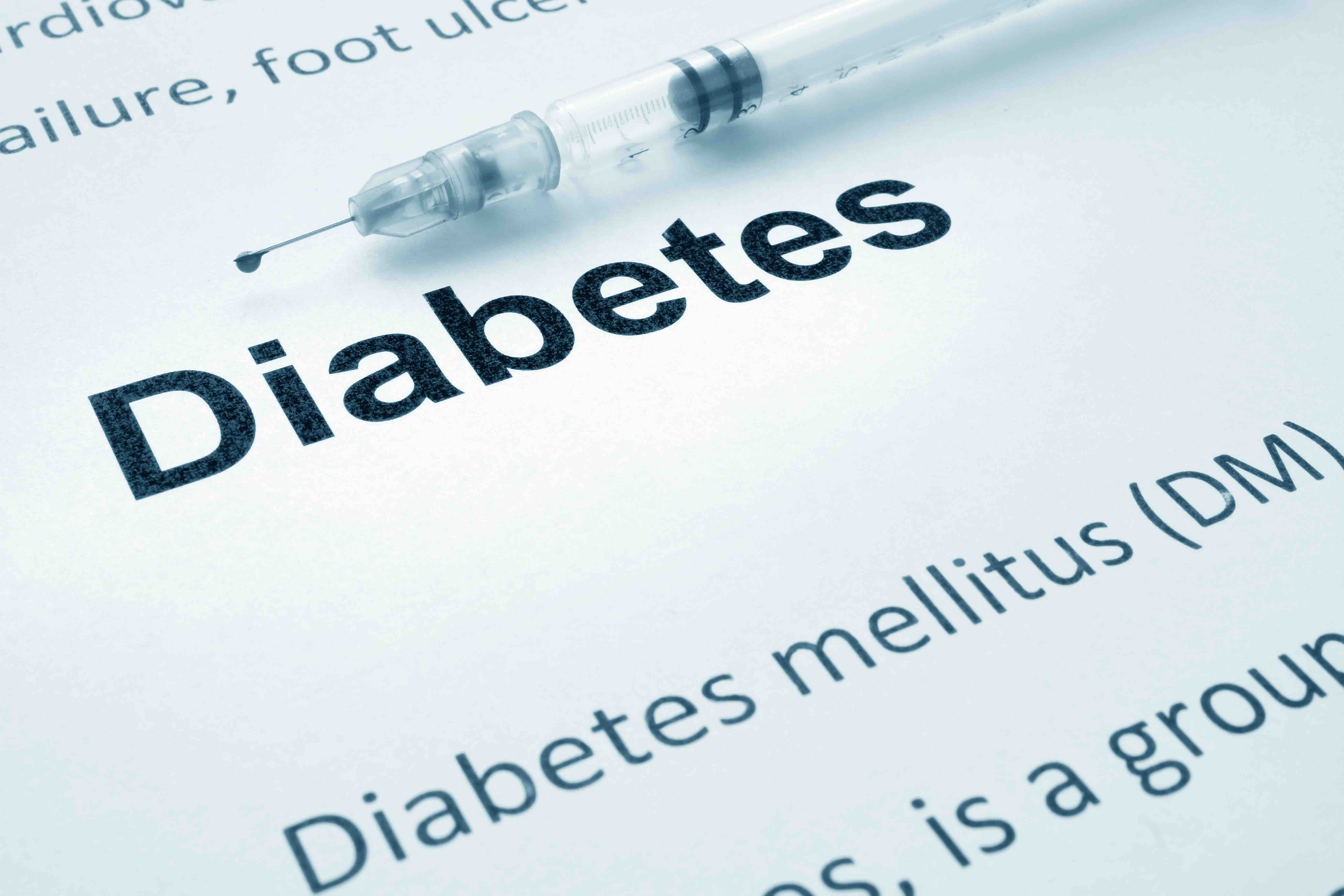Article
JDRF Creates New Research Advisory Committee to Fight Type 1 Diabetes
Author(s):
The scientists on the panel will advise JDRF on policy and research priorities as the organization supports major initiatives to cure type 1 diabetes or manage the disease.
JDRF has named 8 leading scientists to a new external board to help guide the organization with policy matters and research priorities, as its goal of finding a cure for type 1 diabetes (T1D) seems closer than ever.
This week, JDRF announced the following members to its newly created Research Advisory Committee (RAC):
· Mark A. Atkinson, PhD; professor of pathology and pediatrics, University of Florida, who will serve as chair.
· Roy W. Beck, MD, PhD; executive director, JAEB Center for Health Research, University of South Florida.
· Matthias Hebrock, PhD, director, Diabetes Center, University of California, San Francisco.
· Douglas A. Melton, PhD, Harvard Stem Cell Institute, Harvard University.
· Lori Laffel, MD, MPH, chief of pediatrics, Joslin Diabetes Center, Harvard University.
· Robert S. Sherwin, MD, section chief, Endocrinology, Yale School of Medicine; director, Yale Center for Clinical Investigation.
· Stephen L. Newman, MD; vice chair, JDRF International Board of Directors.
· Margery Perry, advisory council of the National Institute of Diabetes and Digestive and Kidney Diseases and JDRF International Board of Directors.
“JDRF is honored to receive support and guidance from such an esteemed group of scientists who are leaders in the T1D research field, represent a variety of perspectives, and have long histories with JDRF,” said Derek Rapp, president and CEO. “The new RAC will help JDRF work optimally in the interests of the organization, the broader research community, and everyone who shares JDRF’s vision of a world without T1D.”
T1D is an autoimmune disease that attacks the beta cells of the pancreas, causing them to produce little to no insulin. Living with T1D requires regular injections of insulin and monitoring of blood sugar levels, along with dietary restrictions. Even those who follow their physician’s advice can experience hypoglycemia, which can cause fainting and even death in severe cases. Long-term blood vessel damage can lead to kidney failure or vision loss.
The group once known as the Juvenile Diabetes Research Foundation has invested $2 billion since its inception on research into treatments for T1D as well as searches for a cure. JDRF has been a leading force behind efforts to develop a so-called “artificial pancreas,” (AP) which would use “smart” algorithms and continuous glucose monitoring technology (CGM) to dispense precise levels of insulin without patients having to constantly check blood sugar levels. Ideally, AP technology would not only offer T1D patients new levels of independence, but also prevent most episodes of hypo- or hyperglycemia by warning patients to eat glucose-rich foods or administer other medications (such as glucagon).
A major advance in AP technology, funded by JDRF, was presented in September at the European Association for the Study of Diabetes and published in the New England Journal of Medicine. The study involved a closed-loop system over a 12-week period without close supervision, unlike earlier trials that required the test subjects to stay in special housing.1
JDRF also funds work into pioneering projects such as beta cell implants, which would free patients from taking insulin for extended periods. The beta cells would be inserted inside a protective shield to keep them from being attacked. A study supported by JDRF that showed this concept working in mice was reported in Nature Medicine in late January.2 Other JDRF-backed research include work to permanently restore insulin production in persons with T1D.
References
1. Thabit H, Tauschmann M, Allen JM. Home Use of an artificial beta cell in type 1 diabetes. N Engl J Med [published online September 17, 2015]. 2015. doi: 10.1056/NEJMoa1509351.
2. Vegas AJ, Veiseh O, Gurtler M, et al. Long-term glycemic control using polymer-encapsulated human stem cell-derived beta cells in immune-competent mice [published online January 25, 2016]. Nature Med 2016; doi:10.1038/nm.4030.





